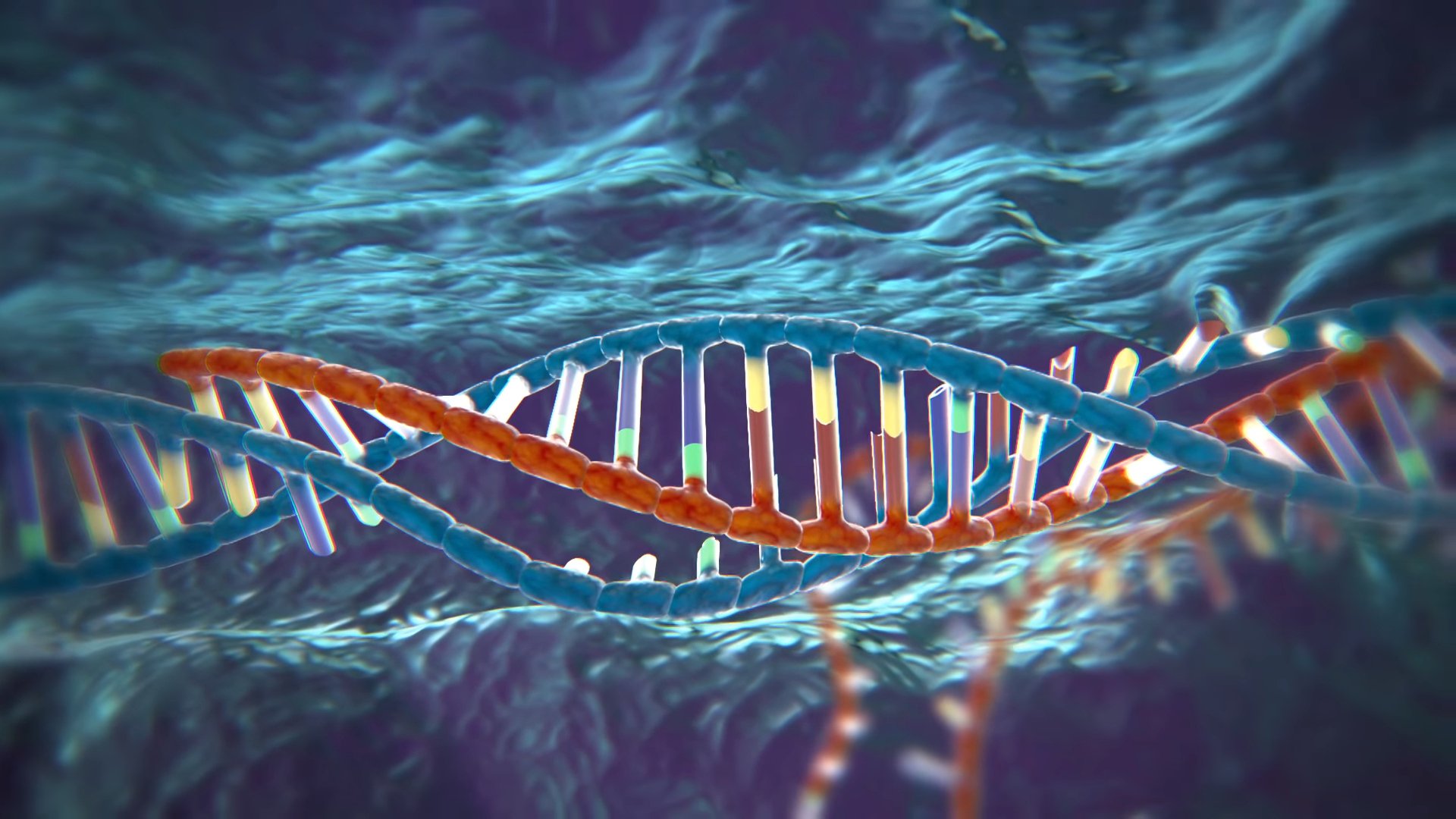CRISPR-Cas9 technology has kept genetic researchers at the edge of their seats for quite a long time. However, its limitation of only editing DNA was something, not all the researchers would happily accept.
Brace yourselves as we have great news for you straight from the Salk Institute. The researchers at Salk Institute, after thoroughly studying the molecular structure of CRISPR-Cas13b, have stated in their journal its usefulness in RNA editing technology. They visualized the complex structure of the CRISPR-Cas13b enzyme using cryo-electron microscopy.

As stated in Salk news, Dmitry Lyumkis, an Assistant Professor at Salk, talking about the journal, said:
”It adds to the breadth of tools that are needed for conducting this kind of crucial biomedical research.”
CRISPR-Cas9 acts like molecular scissors helping scientists to snip away the DNA from wherever required. Understanding how consistently our genes act, we are well aware that the message on our DNA is constant, which we have been trying to manipulate using CRISPR-Cas9, right?
We also know that it is inherently the messenger RNA that is further translated into proteins that perform all the fundamental functions in our body. This means that messenger RNA copies information from the DNA, and those messages then decide which protein is to be formed. Different messages code for different proteins (Remember one gene/one protein theory?). Having established that, we now conclude that these messages on the RNA are changing.
About that, Hanna Gray, one of the journal’s authors, says:
“Being able to modulate those messages by directly controlling the RNA has important implications for influencing a cell’s fate.”
This is why for fully exploiting genetic manipulation, tools that edit RNA can make a huge difference.
The authors further explained:
“In our previous paper, we discovered a new CRISPR family that can be used to engineer RNA directly inside of human cells. Now that we’ve been able to visualize the structure of Cas13d, we can see in more detail how the enzyme is guided to the RNA and how it is able to cut the RNA. These insights are allowing us to improve the system and make the process more effective, paving the way for new strategies to treat RNA-based diseases.”
-Hsu (one of the corresponding authors)
This exciting new enzyme has opened up avenues in genetic engineering, and more rigorous research on it is already in the pipeline.
For more insight, read the complete journal at the Cell.
Let us know what you think in the comments section below!




Share Your Thoughts